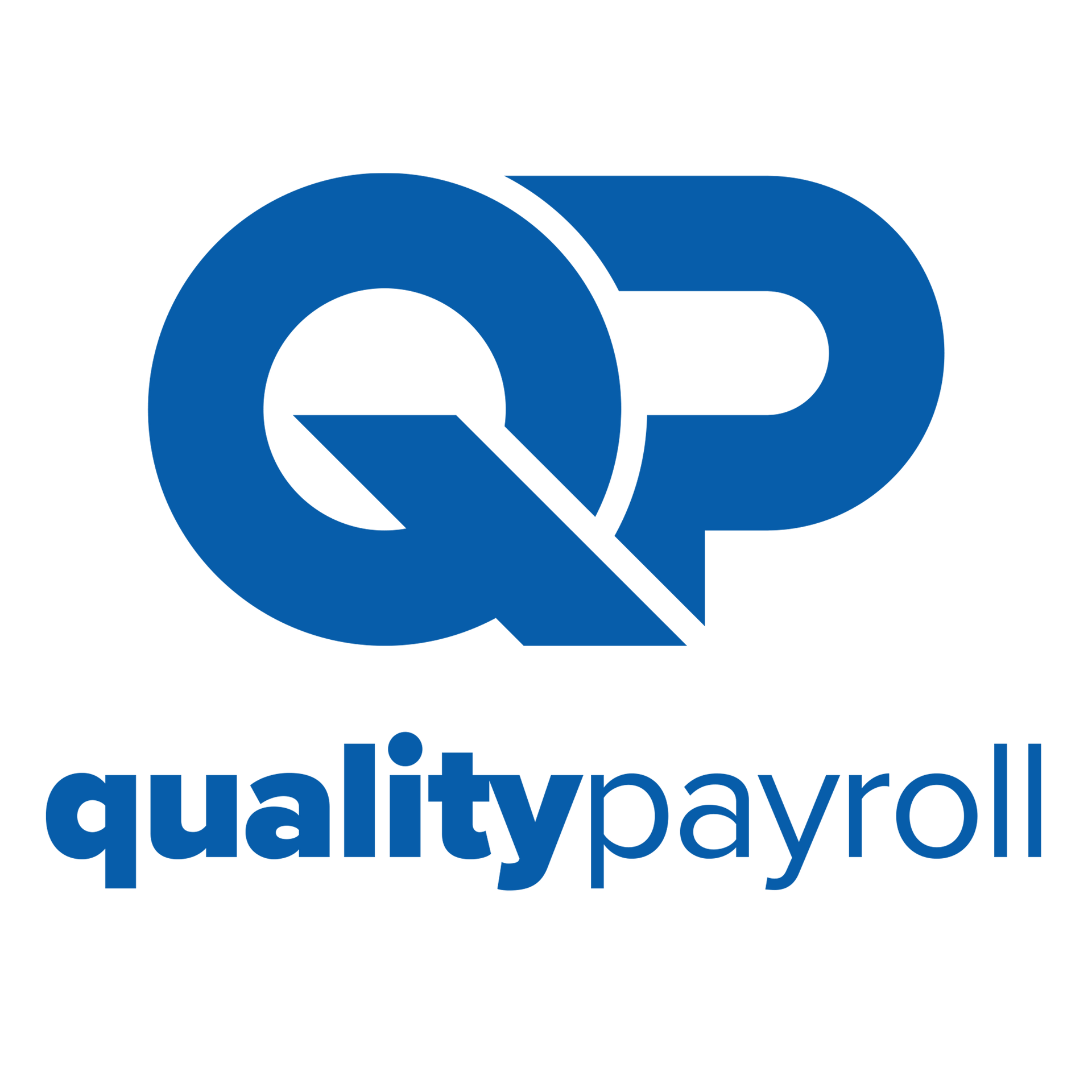Deciphering Tax Withholdings: A Business Owner's Guide

Navigating the complexities of payroll tax withholdings is a crucial responsibility for small business owners, especially those in Utah. These withholdings involve the amounts deducted from employees' wages to cover federal, state, and local taxes. Ensuring accurate withholdings is vital for compliance with tax regulations and avoiding penalties associated with underpayment or late payment.
Understanding the nuances of tax withholdings requires differentiating between federal, state, and local obligations. Federal withholdings fall under the jurisdiction of the Internal Revenue Service (IRS), while the Utah State Tax Commission manages state withholdings. Local tax withholdings can vary significantly depending on the municipality, such as in Sandy or Hurricane, UT. Accurate tax withholding is essential for maintaining compliance and preventing potential fines.
Federal Tax Withholdings Explained
Federal tax withholdings form a foundational aspect of payroll management for small businesses. These withholdings are determined by federal tax codes, which establish tax brackets for different income levels. The tax brackets dictate the percentage of an employee's income that must be withheld for federal taxes.
A key tool in determining federal tax withholdings is the IRS Form W-4. Employees fill out this form to indicate their tax situation, which employers use to calculate the appropriate withholding amount. For instance, if an employee claims fewer allowances, more taxes will be withheld from their paycheck.
To illustrate, consider an employee earning $50,000 annually. Depending on their filing status and allowances claimed on the W-4, the withholding amount will vary. By using the IRS tax tables, employers can determine the exact amount to withhold. This process ensures that employees do not owe a significant amount during tax season and helps avoid underpayment penalties.
State Tax Withholdings in Utah
Utah has its own set of requirements for state tax withholdings, which businesses must adhere to. The Utah State Tax Commission oversees these regulations and provides resources to help business owners comply. Employers in Utah are required to withhold state income taxes from their employees' wages, similar to federal withholdings.
Recent updates to the state tax codes may impact payroll processes. Changes in tax rates or withholding calculations can affect how much employers need to withhold. Staying informed about these updates is crucial for compliance. Business owners can find additional resources and guidance on the Utah State Tax Commission website.
Navigating Local Tax Withholdings
Local tax withholdings present unique challenges for small businesses, especially in cities like Sandy and Hurricane, UT. Each locality may have different tax codes and requirements, making it essential for businesses to stay informed.
The variability in local tax regulations can be daunting. Small businesses must be proactive in understanding these differences to avoid compliance issues. Strategies such as subscribing to local tax bulletins or attending workshops can be beneficial. Local chambers of commerce or business associations often provide valuable resources and support to help business owners navigate these complexities.
Common Mistakes in Tax Withholding
Errors in payroll tax withholdings are not uncommon among small businesses. One frequent mistake is miscalculating the withholding amount, which can lead to significant penalties. Another common error is failing to update withholding amounts when employees' tax situations change, such as after a marriage or the birth of a child.
The consequences of incorrect withholdings can be severe, including fines and interest on unpaid taxes. To avoid these pitfalls, businesses should double-check their calculations and ensure accuracy. Consulting with tax professionals can provide insights into best practices for managing payroll tax withholdings effectively.
Strategies for Streamlining the Tax Withholding Process
Streamlining the payroll tax withholding process can save time and reduce errors for small businesses. One practical strategy is utilizing payroll software or services that automate calculations and updates. These tools can significantly ease the burden on business owners by ensuring accuracy and compliance.
Regular audits and reviews of the payroll process can also help maintain compliance. By periodically checking withholding amounts and staying updated on tax law changes, businesses can avoid potential issues. Seeking professional advice from payroll experts can be invaluable in navigating the complexities of tax regulations.
Practical Examples and Case Studies
Real-world examples can provide valuable insights into effective tax withholding management. In Sandy and Hurricane, UT, several small businesses have successfully managed their payroll processes by implementing strategic practices. For instance, a local retail store in Sandy streamlined its payroll by adopting comprehensive payroll software, which reduced errors and improved compliance.
Conversely, a restaurant in Hurricane faced challenges due to incorrect withholdings, resulting in penalties. Learning from this experience, the business owner sought professional assistance and adopted a more rigorous review process. These examples highlight the importance of effective payroll management and the lessons learned from both successes and challenges.
The Role of Professional Assistance
Seeking professional assistance for payroll and tax withholdings offers numerous benefits for small businesses. Payroll and benefits administration services can alleviate the burden on business owners by handling complex tax regulations and ensuring compliance.
Having a dedicated team to manage payroll processes can prevent costly mistakes and allow business owners to focus on their core activities. Ongoing support and advice from payroll professionals can also help businesses stay updated on tax law changes and navigate any challenges that arise.
Importance of Staying Informed
Remaining informed about changes in tax laws and regulations is crucial for business owners. Tax codes and withholding requirements can change, and staying updated is essential for compliance. Subscribing to newsletters from tax authorities or attending seminars can be effective ways to stay informed.
Benefits of Using Payroll Software
Investing in payroll software can significantly streamline the process of managing tax withholdings. These tools automate calculations and updates, reducing the likelihood of errors. By using payroll software, businesses can ensure that they are compliant with the latest tax regulations.
Understanding Employee Classification
Correctly classifying employees is critical for accurate tax withholdings. Misclassification can lead to incorrect withholdings and potential penalties. Business owners should familiarize themselves with the criteria for classifying employees versus independent contractors.
The Impact of Tax Withholdings on Cash Flow
Tax withholdings can have a significant impact on a business's cash flow. Proper planning and management of withholdings can help businesses maintain healthy cash flow. Understanding how withholdings affect cash flow is essential for effective financial management.
Grasping the intricacies of payroll tax withholdings is essential for small businesses in Utah. By staying informed about federal, state, and local tax requirements and seeking professional assistance when necessary, business owners can ensure compliance and avoid potential penalties. Implementing strategies such as using payroll software and conducting regular audits can streamline the process and reduce errors. Ultimately, effective management of tax withholdings contributes to the financial health and success of a business.
For expert guidance and support in managing your payroll and benefits, reach out to Quality Payroll & Benefits today. Our team is dedicated to helping you navigate the complexities of tax regulations and ensure compliance, allowing you to focus on your business's core activities.










